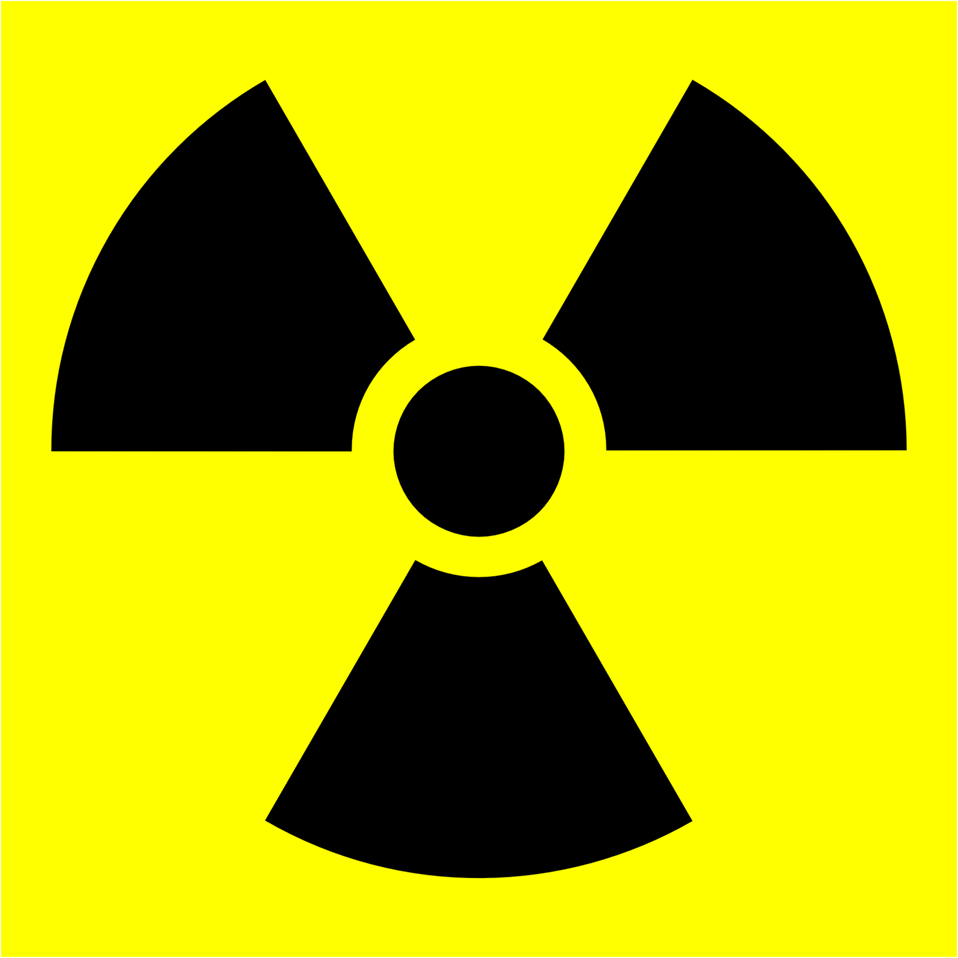Can radiation in general, and in particular, Radon, the colorless, odorless, and tasteless radioactive gas, that poses a significant health risk when it accumulates indoors, given its elusive nature, be detected by humans directly, with their senses?
Unfortunately, the answer is no. Our bodies lack the biological equipment to perceive radiation. It operates silently, beyond the realm of our vision, hearing, touch, taste, or smell. This invisibility makes radon particularly dangerous, as its presence often goes unnoticed until it’s too late.
While radon itself isn’t harmful, it’s the decay products, known as radon daughters or alpha particles, that pose the greatest threat. These microscopic particles can become lodged in the lungs, delivering concentrated radiation doses. The insidious nature of this process highlights the importance of reliable detection methods.
To accurately measure radon levels, specialized instruments are essential. Geiger counters, sodium iodide detectors, and ionization chambers are commonly used for this purpose. These devices can quantify radiation exposure and provide crucial data to assess indoor air quality and mitigate risks. Relying solely on human senses to detect radon is simply not feasible or safe.
In conclusion, the ability to sense radiation directly and reliably, including radon, is a superpower humans do not possess. This underscores the necessity of employing technological tools to safeguard our living spaces from this invisible threat.


